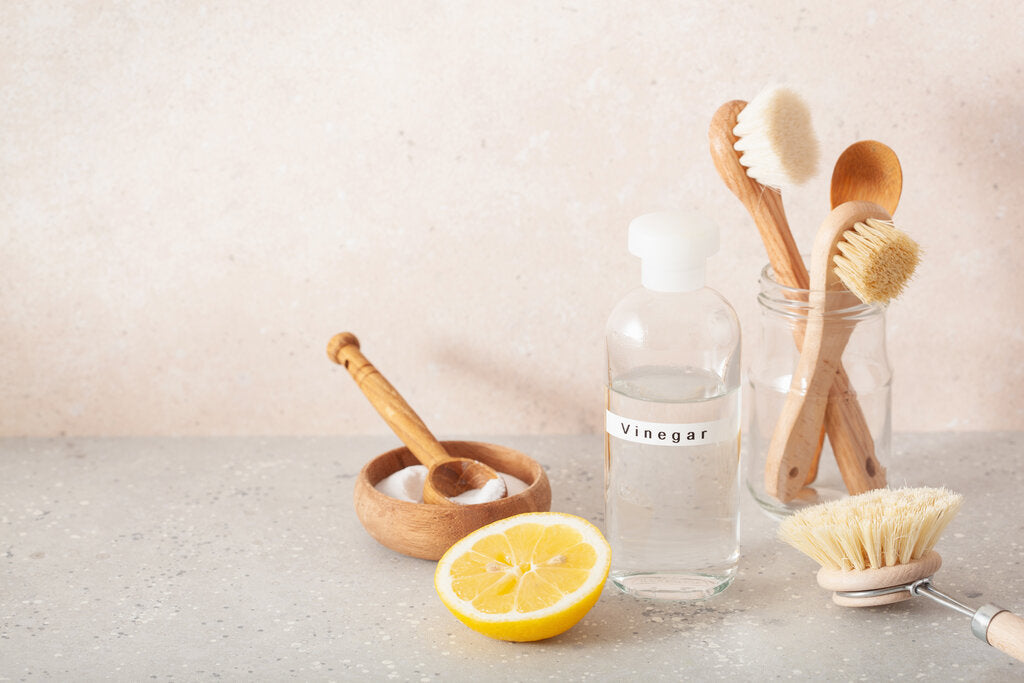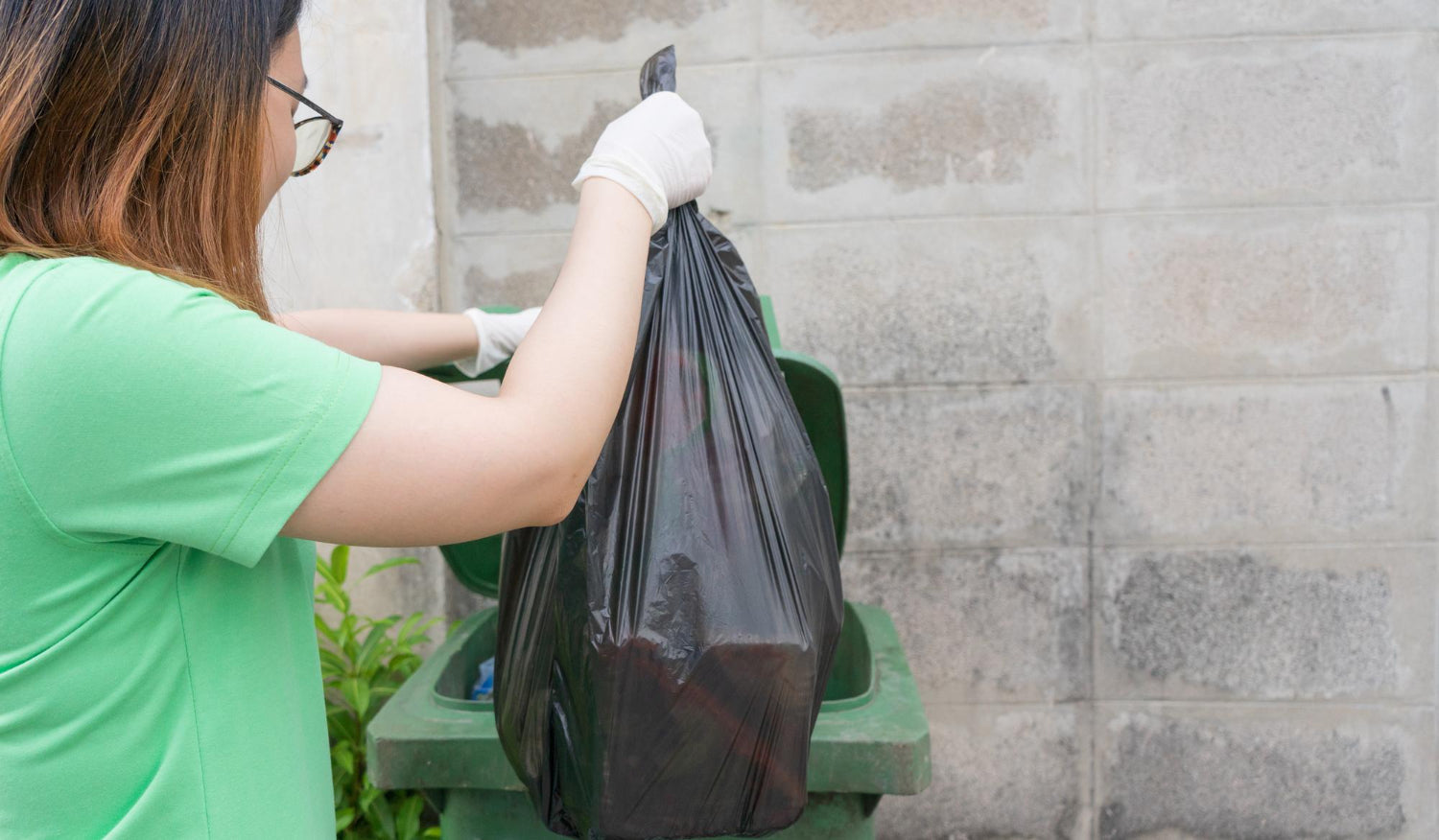Cleaning solutions and household chores aren't exactly the most exciting topics of conversation. However, knowing how to clean your home effectively can make a world of difference in terms of your living environment's overall cleanliness, safety, and comfort. Natural cleaning options are becoming increasingly popular, as they offer a non-toxic and eco-friendly alternative to hazardous chemical cleaners. Among these natural cleaning agents, vinegar has quickly garnered a reputation for being an inexpensive yet highly effective cleaning solution.
As a widely available and affordable staple in most kitchens, vinegar is known for its versatility in various culinary applications. However, it might come as a surprise to some that this common pantry item also boasts a myriad of cleaning benefits, thanks to its capacity to dissolve mineral deposits, grease, dirt, and grime. In particular, white distilled vinegar contains acetic acid, which possesses both antimicrobial and deodorizing properties. This makes it an ideal natural cleaning solution for various surfaces and items in your home, such as countertops, glass windows, and even bathroom fixtures.
With this in mind, it's important to properly understand the do's and don'ts of using vinegar for cleaning purposes. This way, you can ensure the best results while also minimizing any potential damage to your belongings. Throughout the rest of this article, we will delve into the correct usage of vinegar as a cleaning agent, highlighting its many benefits and potential pitfalls. In addition, we'll share expert tips and advice on how to maximize your vinegar cleaning experience, tailored specifically to your individual needs and preferences.
The Many Marvels of Vinegar: Cleaning Applications You Didn't Know About
As previously mentioned, vinegar is an incredibly versatile cleaning solution, capable of tackling a wide array of household chores. Here are just a few examples of the numerous ways you can effectively utilize vinegar as part of your regular cleaning routine:
- Glass and Window Cleaning: Create a streak-free shine by combining equal parts of white distilled vinegar and water in a spray bottle. Mist this solution onto the glass surface and wipe it down with a microfiber cloth, newspaper, or squeegee.
- Deodorizing and Sanitizing: Vinegar is a natural deodorizer, which means it can effectively eliminate unpleasant odors. Add a few drops of your favorite essential oil to a solution of equal parts water and vinegar to deodorize your home while imbuing it with a pleasant scent. This blend can also be used to sanitize countertops, cutting boards, and other surfaces — simply spray the solution onto the surface and allow it to sit for a few minutes before wiping clean.
- Drain and Garbage Disposal Maintenance: To prevent clogs and maintain freshness in your sink, pour 1/2 cup of baking soda followed by 1 cup of vinegar down your drain. Let this combination work its magic for about 15 minutes, then flush with boiling water to rinse away any remaining residue. This method can also be used to clean and freshen up your garbage disposal.
- Laundry Booster: White distilled vinegar can be added to your wash cycle to serve as a natural fabric softener, or even as a pre-treatment for stubborn stains. Simply pour 1/2 cup of vinegar into the washing machine during the rinse cycle or apply diluted vinegar directly to stains before washing.
With such a wide range of applications, it's easy to see why vinegar has become a must-have item for eco-friendly cleaning enthusiasts. However, it's important to remember that vinegar is not a one-size-fits-all solution. With that in mind, let's discuss some precautions and scenarios in which vinegar may not be the ideal choice.
Vinegar Don'ts: Surfaces and Materials to Avoid
Though vinegar is an effective cleaning agent, it's not suited for every surface or material. To avoid damage to your belongings, make sure to steer clear of vinegar when cleaning the following items:
- Stone Countertops: Acidic substances like vinegar can etch the surface of natural stones like granite, marble, or quartz, ultimately leading to dull spots, scratches, or staining. Instead, opt for a pH-neutral cleaner specifically designed for stone countertops.
- Wooden Furniture and Hardwood Floors: Vinegar's acidity can strip the finish off wood surfaces, leaving them vulnerable to damage. For hardwood floors and wooden furniture, use a specialized cleaner specifically formulated for wood care.
- Electronic Devices: Vinegar should not be used to clean electronic screens or devices, as it can cause damage to their protective coatings. To clean electronics, use a microfiber cloth and an electronics-safe cleaning solution.
- Egg Stains or Spills: Vinegar's chemical reaction with eggs causes them to coagulate, making the mess more challenging to clean up. To tackle egg spills, use warm, soapy water instead.
The Power of Pairings: Complementary Cleaning Solutions
To enhance vinegar's cleaning prowess, try combining it with these natural ingredients for a more effective cleaning experience:
- Baking Soda: The ultimate dynamic duo, vinegar and baking soda together can create a powerful paste for scrubbing grime, tackling grease, and busting through tough stains. This combination is particularly useful for cleaning ovens, kitchen sinks, and bathroom surfaces.
- Dish Soap: Mixing a few drops of dish soap into your vinegar solution can help cut through grease and add some extra cleaning power. This blend works great for cleaning surfaces like countertops, stovetops, and appliances.
- Lemon: The acidity of lemon juice can further enhance vinegar’s potency while adding a delightful fragrance. Add a little lemon juice to your vinegar cleaning solution to tackle tougher grime and stains.
Embracing Change: A Comprehensive Conclusion on Vinegar Cleaning
By incorporating vinegar into your cleaning routine, you're actively choosing a safer, more eco-friendly option for maintaining the cleanliness and freshness of your home. Following the do's and don'ts outlined in this blog will help ensure excellent results while minimizing any potential damage to your belongings.
As with any cleaning solution, it's essential to understand the unique properties and limitations of vinegar in order to harness its benefits effectively. By educating yourself and adjusting your routine accordingly, you can transform your home into a clean, comfortable, and eco-friendly environment. So, go ahead and embrace the power of vinegar, and let the natural cleaning revolution begin. And, if you’re looking for more eco-friendly products, like compostable bags, check out what we have at Plastno today!






Share:
Top 10 Must-Have Items for Your Eco-Friendly Cleaning Kit
Beyond Plastic: The Journey of Plastno Compostable Bags